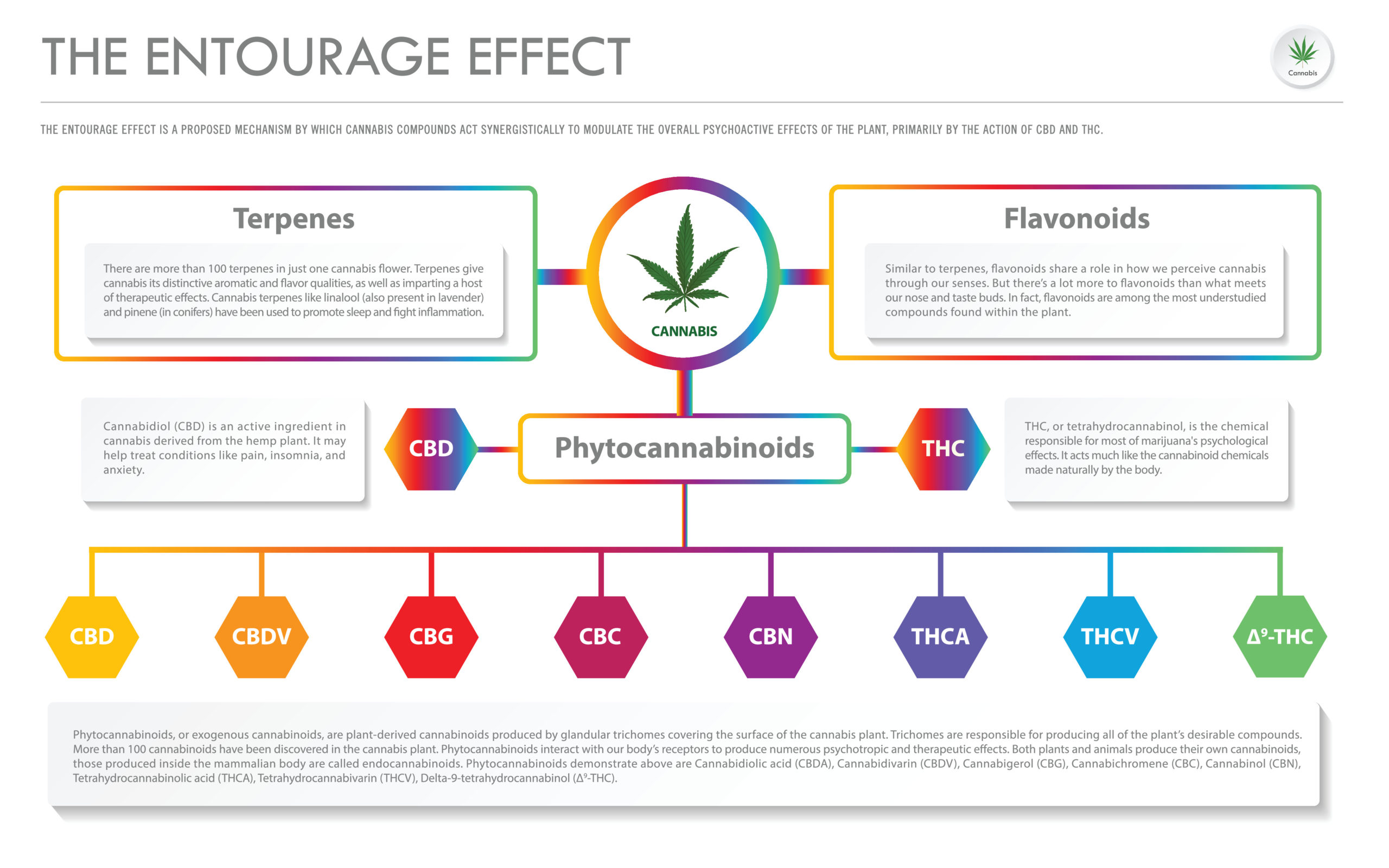- Empty cart.
- Continue Shopping

What Are Flavanones?
In a nutshell flavanones are a phytochemicals they are one of this group of six called flavonoids this family of molecules includes eriodictyol,hesperetin, and naringenin they are found within plants and citrus fruits.
Some studies in humans, animals, and cells lean towards the potential of therapeutic nature of the compounds, flavanones have shown to be high in protecting plants against a range of threats.
Flavanones are secondary metabolites this means that the molecules can protect against drought, and microbial pathogens and can be highly effective in attracting insects to increase pollination and the reduction of disease
Flavanones are found in the barks, branches, stems, and leaves, to the roots, flowers, fruits, peels, and pips of all pants, trees and root vegetables.
What Colour are they?
Flavanones are actually colourless unlike Anthocyanins and Isoflavones and other in the group, they don’t contain pigments but they still do a important job
What else are they found in?
Flavanones are most prevalent in citrus fruits like oranges, limes, lemons but also appear in other fruits and plants like artichokes, and dried oregano.

What does the research indicate?
Researchers lean towards flavanones offering important regenerative effects that might help to reduce disease related to old ages if humans can include more of these molecules into thier diet this may help might prevent age related health issues .
The Cognitive benefits are far reaching the other health benefits include:
• Anti-inflammatory
• Antioxidant
• Anticancer
• Cardioprotective
To follow on from this shall we look at the effects more closely.
• Anti-inflammatory and antioxidant?
Inflammation in the humans system can cause many nasty side effects and disease, oxidisation and stress can cause and trigger dangerous, health conditions, these can include heart disease, cancer, neurodegenerative diseases, and many cardiovascular conditions like hardening of the arteries as already discussed in our section on anthocyanins.
In this section we talked about oxidative stress which can cause hardening and malfunction of the cells within the arteries this occurs as the result of free radicals, this is the process where rogue atoms charge around the body in search of an extra electron, this can in turn damage cells, proteins, and DNA.
Flavanones and anthocyanins are particularly good at reducing inflammation, hesperetin in particular is especially good as an antioxidants.Think of these molecules as war heads searching down and destroying the free radicals seeking and animating the rouge atoms that care causing the harm therefore reducing oxidants in the system.
In particular hesperetin not only seeks and destroys it also has a slowing down and huge antioxidant effect.
Molecules and cell research has found out that flavanone’s can produce anti-inflammatory effects by acting on COX-2 and COX-1 these are prostaglandins and inflammatory lipids that promote pain, fever and inflammation.
• Anticancer
The molecules in hesperetin target tumour cells in several ways according to research published by “Life Sciences” details that the flavanone can induce cell death or apoptosis by targeting multiple cellular proteins that help destroy the cells as discussed in the anthocyanins pages this occurs in normal cells when they become damaged the problem with cancer cells is that they manage to avoid this process and dividing and spending in worst cases.
Hesperetin can nude this system into action and flavanone’s might also help prevent the spread of cancer by targeting COX-2.
• Cardioprotective
Regulating LDL in the human liver by using a diets supplemented with hesperetin could help with the heart and the cardiovascular system with research by BioMed Central may regulate the the levels of LDL in the liver. The low-density lipoprotein is the bad cholesterol and plaque that builds up in the arteries and causes poor cardiovascular function, hesperetin can help reduce blood levels of LDL and thereby reduce the risk of heart attacks and strokes.
• Cognitive benefits
Cognitive function can be improved also by introduction these types of molecules, flavonoids can show cognitive benefits in adults with poor cognitive function and neurodegenerative issues this research white paper published in “The American Journal of Clinical Nutrition” decided to specifically explore flavanones to see if they contributed to these effects in adolescents in adults.
In the research the subjects were given investigate the cognitive benefits of flavonoid-rich orange juice in the double-blind, placebo controlled study on 37 older adults, the researchers divided the people into two groups one group received a low-flavanone (37mg) orange-flavoured cordial the other a high-flavanone (305mg) 100% orange juice this was done over an eight weeks period then the groups swapped over.
The cognitive function in both groups improved significantly after participants consumed the flavanol intense orange juice for eight weeks, with no additional effects on blood pressure or mood.
Are there any safety and side effects
These types of molecules are known to be safe they occur in many everyday food items and make up a portion of the dietary food of flavonoids in multiple populations.


